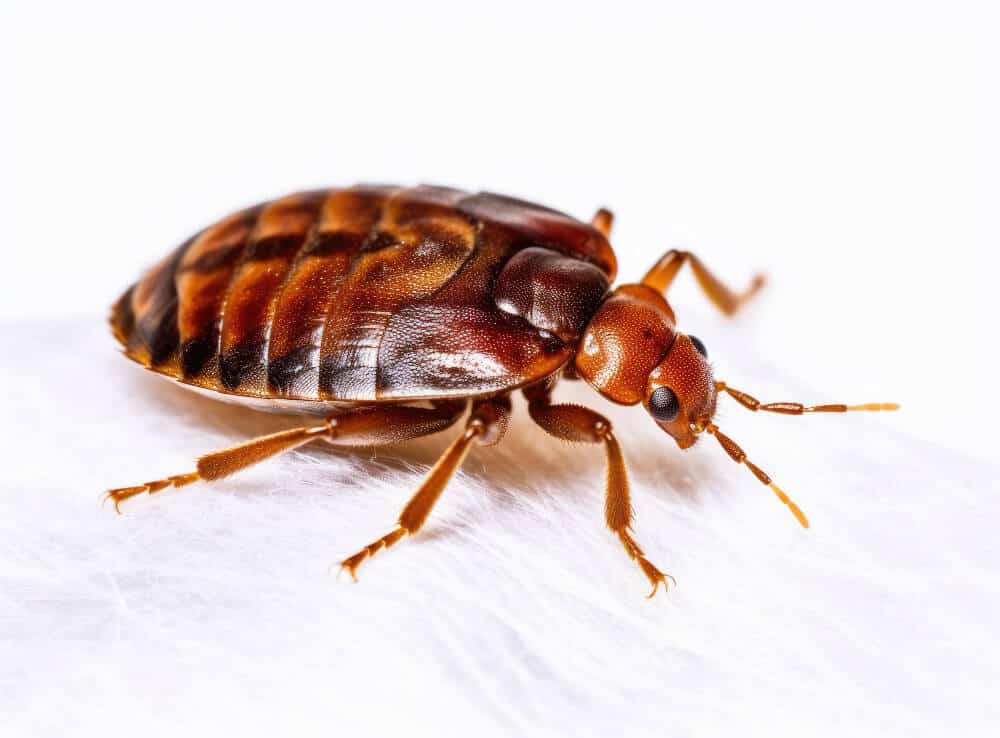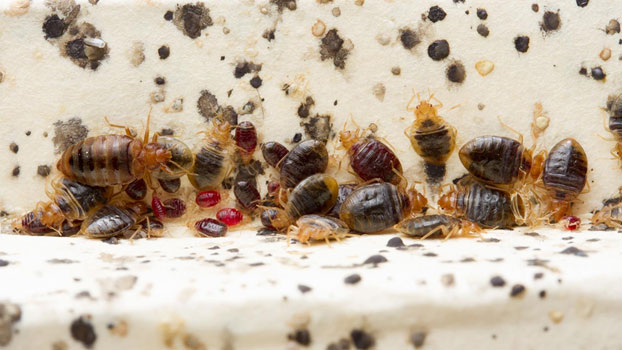A1 Bed Bug Exterminator Houston: Trusted Treatment Providers
A1 Bed Bug Exterminator Houston: Trusted Treatment Providers
Blog Article
Understanding the Lifecycle of Insects for Targeted Control Strategies
Comprehending the lifecycle of pests is a fundamental element of reliable bug management methods. Through a deeper understanding of how parasites evolve and grow, tailored control strategies can be created to resolve specific factors in their lifecycle, eventually leading to even more successful insect management results.
Relevance of Understanding Bug Lifecycle
Comprehending the lifecycle of parasites is important for developing effective and targeted control techniques in insect monitoring. By understanding the different stages an insect experiences from egg to grownup, parasite control professionals can identify vulnerable points in the lifecycle where treatment can be most effective. Understanding when larvae are most energetic can aid determine the optimal timing for applying larvicides. Additionally, comprehending the life expectancy of a parasite varieties can aid in anticipating population growth patterns and prospective invasion dangers.
Additionally, acknowledging the particular ecological problems needed for every stage of the insect's lifecycle can direct decisions on environment alteration or exemption approaches to disrupt the lifecycle and lower bug populations. This knowledge enables pest management professionals to implement aggressive procedures instead of relying only on responsive treatments, leading to even more long-term and lasting insect control solutions. Inevitably, a thorough understanding of parasite lifecycles equips pest control experts to customize their techniques properly, reducing ecological impacts and taking full advantage of control outcomes.
Secret Phases in Insect Growth
To effectively carry out targeted control strategies in insect administration, a crucial element exists in adequately identifying and comprehending the vital stages in insect advancement. Bug growth generally includes a number of vital phases that are vital for their lifecycle and management. The initial stage is the egg stage, where insects lay eggs that later hatch into larvae. Larvae then advance into pupae, a stage where they undergo transformation prior to becoming adult parasites. Recognizing these phases is important as it aids in determining susceptible points in the lifecycle where control procedures can be most effective.

Vulnerabilities in Parasite Lifecycle
Throughout the different phases of an insect's lifecycle, distinct susceptabilities arise that can be tactically targeted for reliable control procedures. One vital susceptability depends on the egg stage, where bugs are often a lot more susceptible to specific pesticides or organic control agents because of their soft external shell, making them much easier targets for intervention. Furthermore, the nymph or larval phase presents vulnerabilities as parasites undergo fast development and growth, requiring high energy intake that can be exploited by disrupting their food sources or presenting development preventions. Pupal phases, characterized by immobility and improvement, offer a window for targeted control with physical obstacles or details therapies that hinder successful development. Lastly, grown-up bugs, while more resilient due to their reproductive capability, can still be prone throughout breeding or egg-laying tasks, which can be interfered with with scent catches or sanitation methods. Comprehending these vulnerabilities in the insect lifecycle is crucial for creating specific and reliable control techniques that successfully handle bug populations while reducing environmental impact.
Implementing Targeted Control Procedures

Implementing targeted control procedures generally entails a multi-faceted method. This might include habitat alteration to make the atmosphere much less congenial to parasites, such as eliminating standing water for insect control or sealing entrance factors for rodents. Furthermore, biological control techniques can be made use of, where natural predators or hop over to here virus are introduced to maintain insect populaces in check.
Integrated Bug Monitoring (IPM) techniques that incorporate various control procedures in a worked with and sustainable fashion are frequently the most effective in attaining long-lasting insect management you can try this out objectives. By applying targeted control procedures based on a detailed understanding of bug lifecycles, insect populations can be properly managed while reducing threats to human health and the environment.
Boosted Bug Administration Practices

In addition, the consolidation of organic control agents, such as natural killers or virus of pests, can assist lower reliance on chemical pesticides and promote a much more well balanced ecosystem. Carrying out physical obstacles and traps can also be component of improved parasite monitoring methods, offering safe and targeted solutions for insect control. In addition, making use of pheromones and other semiochemicals can interrupt pest mating patterns and interaction, resulting in lowered bug populaces gradually.
Final Thought
To conclude, comprehending the lifecycle of bugs is critical for reliable insect monitoring methods. By determining essential phases in parasite development and vulnerabilities in their lifecycle, targeted control steps can be applied to minimize pest populations. Boosted parasite monitoring techniques can aid minimize the dependence on broad-spectrum pesticides and promote more lasting and eco-friendly parasite control methods. This knowledge plays a vital duty in keeping healthy environments and agricultural productivity.
Comprehending the lifecycle of insects is important for creating efficient and targeted control strategies in bug management. By understanding the various phases a pest goes with from egg to adult, pest control experts can identify prone points in the lifecycle where intervention can be most effective. Ultimately, a thorough understanding This Site of bug lifecycles empowers bug control practitioners to tailor their approaches efficiently, making the most of and lessening ecological impacts control results.
By implementing targeted control steps based on a detailed understanding of pest lifecycles, bug populaces can be effectively controlled while lessening risks to human health and wellness and the setting.
By identifying essential stages in bug growth and susceptabilities in their lifecycle, targeted control measures can be executed to lessen bug populaces.
Report this page